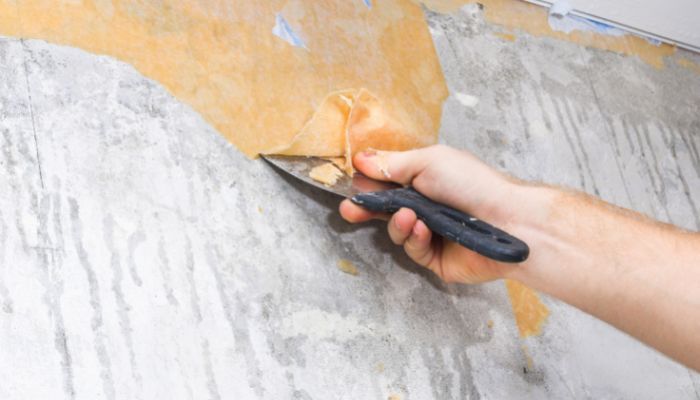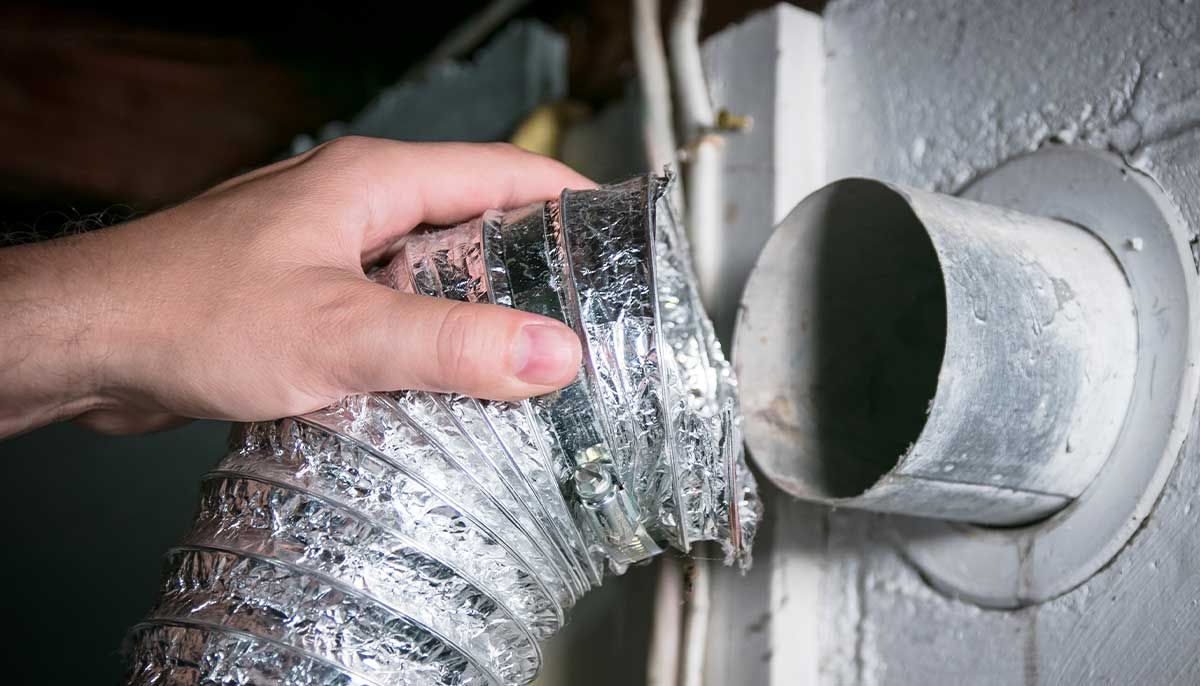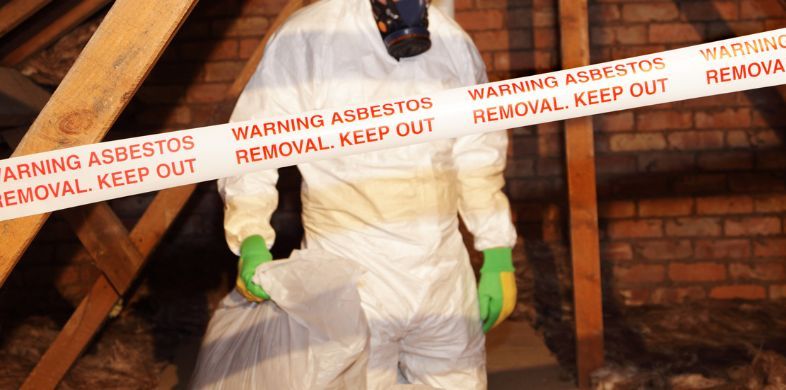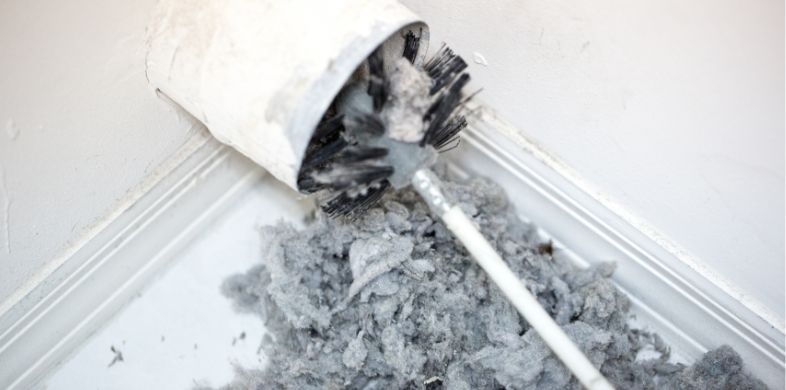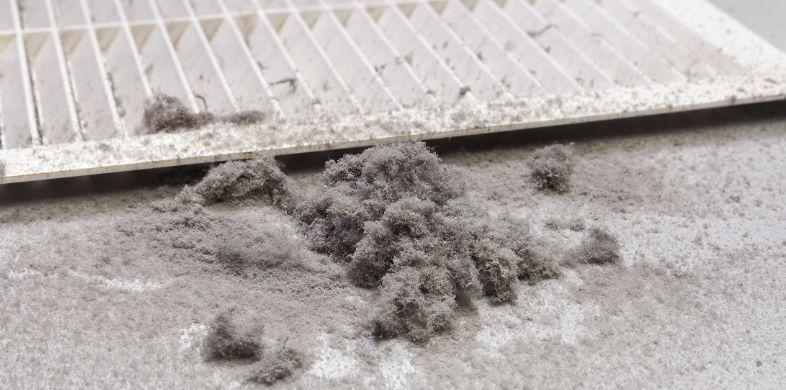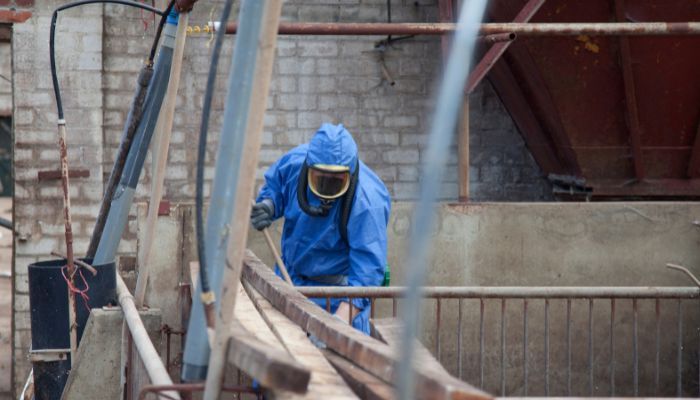
Getting Rid of the Asbestos in Your Home: Why It’s Important
On a global scale, nearly 90,000 people lose their lives due to asbestos-related diseases. In fact, asbestos is considered the leading cause of death in the world related to work. Asbestos refers to several components like crocidolite, amosite, chrysotile, tremolite, anthophyllite, and actinolite. These are all naturally-found minerals that pose significant risks to human health.
Asbestos exposure is more common than people think. Namely, asbestos exposure can happen in schools, at work, at home, or in the military. Other than the person exposed to asbestos, their immediate surroundings are also at risk of second-hand exposure, making asbestos much more dangerous.
Household products, older buildings, insulations, and roofs can be abundant in asbestos, which further stresses the need for removing asbestos sooner rather than later. Let’s have a closer look at the dangers of asbestos and what you can do to get rid of it safely.
The Dangers of Asbestos & Why You Should Remove It?
As we mentioned, asbestos takes nearly 100,000 lives across the world. Americans that are part of the construction industry, the mining industry, and all related areas develop a greater risk of suffering from an asbestos-related disease.
One of the particular traits of asbestos-caused diseases is that the symptoms might not be immediately visible but rather take time to develop. Asbestos exposure most commonly results in cancer. Lung cancer, ovarian cancer, cancer of the larynx, and mesothelioma are the most common types of cancers caused by asbestos.
The professional occupations that are at the greatest risk of asbestos exposure include the following examples:
- Miners that worked in asbestos mines were, without a doubt, at the highest risk of developing severe asbestos-related diseases. Even though asbestos mining ended in 2002, miners still feel the consequences of asbestos exposure;
- Farmers and other agricultural workers can become exposed to asbestos through various farm equipment and gear. Farmers that have worked on asbestos-abundant soil have suffered from a high level of asbestos exposure;
- Blacksmiths have been known to use aprons, covers, and welding gear containing asbestos;
- Auto mechanics might get in touch with asbestos by either performing brake changes or other brake-related services. This type of asbestos exposure can go from low to moderate;
- Cement plant workers risk exposure if they make asbestos cement blocks or other asbestos cement-related products. This type of exposure ranges from moderate to high;
- Workers in chemical plants, like technicians, engineers, and maintenance workers, can be exposed to asbestos exposure ranging from low to moderate if around asbestos lab countertops, asbestos laboratory supplies, asbestos ovens, and asbestos insulation;
- Carpenters can suffer from a high level of asbestos exposure if handling asbestos products and working near construction materials containing asbestos, especially insulation materials. Speaking of insulation, it poses the highest risk of asbestos exposure;
- HVAC mechanics that have installed, repaired, or disposed of asbestos are at high risk of exposure. Asbestos-comprising materials and asbestos ductwork are known as the ultimate enemy of HVAC workers, exposing them to a high level of asbestos concentration;
- Linotype technicians were faced with a lot of asbestos present in old printing machines back in the day. Such machinery comprised asbestos insulation and a variety of other asbestos parts that put the lives of linotype technicians at low to moderate risk;
- Electricians directly associated with handling asbestos products are in factual exposure to asbestos. They suffer from a relatively low level of exposure that can easily go to a modest exposure level, depending on the products they use;
- Workers at oil refineries in charge of packing materials and pipe wrap insulation were at risk of asbestos exposure. Namely, oil refineries include asbestos gaskets, valves, and pumps, which are typical exposure sources;
- Workers at paper mills, like maintenance workers and machinists, are directly involved with handling asbestos-made products. Packing fabrics, gaskets, and insulation materials are part of paper mills that put employees at risk of low to moderate asbestos exposure.
The grave consequences of asbestos exposure have urged Americans to research the matter more thoroughly. Moreover, they have taken all precautionary measures to ensure their home or work environment is free of this dangerous mineral. As a lot of homeowners probably know, asbestos can be found in more than one place around the house, such as:
- Loose insulation made of vermiculite;
- Vinyl floor tiles;
- Ceiling tiles;
- Bath panels;
- Divider walls;
- Textured coatings and so on.
The above examples refer to the house’s inside, but asbestos can be found on the exterior, as well, in:
- Window panels;
- Roofing felt;
- Gutters and downpipes made of asbestos;
- Asbestos cement roofs;
- Siding shingles.
How to Remove Asbestos?
As dangerous as asbestos is, there are still ways how asbestos is removed from the premises, but we strongly suggest a professional does the removal. Improper asbestos handling can do more harm while removing it, which is why hiring professionals for the job is crucial.
Certified professionals will know how to remove asbestos as well as properly dispose of it. Moreover, the professional will proceed to decontaminate the space to eradicate lingering health hazards.
How to Safely Remove Asbestos?
As we mentioned, it’s highly recommended you choose a licensed professional to remove the asbestos from your home or workspace. If you hire someone that isn’t licensed and experienced in handling asbestos, you are at risk of contaminating the place even more.
If you are unsure how to safely remove asbestos, hire a professional who will abide by the legal requirement regarding handling asbestos, following the instruction of the OSHA.
As opposed to many asbestos-comprising materials, vinyl asbestos floors are considered safe, and many U.S. households have them. However, havoc might ensue once you decide to remove them. The typical design of older houses across the U.S. includes vinyl floors, and those vintage vinyl tiles contain asbestos. Upon removing the vinyl tiles, asbestos can create a cloud of toxic dust, which is why asbestos handlers wear protective masks.
Can You Remove Asbestos Yourself?
The answer to the question “Can you remove asbestos yourself?” is no. Once disturbed, asbestos creates toxic dust that enters the human body easily, causing lung cancer and asbestosis. This is one of the main reasons you should not remove asbestos tiles, shingles, insulation, and other items containing asbestos by yourself.
As we mentioned, asbestos is better left handled by professionals, any mishandling leads to grave health consequences.
Should You Remove Asbestos by Yourself?
To put it plainly, you should not be anywhere near asbestos! If you believe something in your house, outside of it, or at the workplace contains asbestos, do not touch it! Instead, find a company that does professional asbestos removal.
If you want to be of help, keep the item in question isolated and out of reach until the professionals arrive.
FAQs
Having a lot of questions about asbestos is entirely understandable, especially if you live in an older house that might contain asbestos-made elements. Let’s look at some of the most commonly asked questions about asbestos.
Can asbestos be washed off?
If you get asbestos on your clothes, you should know that you cannot wash it off that easily. If you attempt it, you might be directly exposing yourself to asbestos. In fact, typical washing machines are not intended to clean hazardous materials of clothes.
If you even try to wash off asbestos, it will easily become airborne and put everyone around at a great risk of health-threatening contamination.
Is asbestos OK if you leave it alone?
Even though asbestos is as dangerous as it gets, it won’t be efficient in causing harm if you don’t mess with it. Namely, you don’t have to remove asbestos if the items containing it aren’t damaged. For example, shingles that are in good condition, not broken or otherwise damaged, even if containing asbestos, can be safe to be around.
What happens if you breathe in asbestos once?
Yes, asbestos can be dangerous, even in the case of a one-time exposure. It is possible to develop asbestosis, or even mesothelioma, pleural effusions, and lung cancer after asbestos exposure, even in a single occurrence. If you are doubtful the exposure has been significant enough to cause asbestos particles to enter the insides of the body, ask for help immediately and explain the asbestos exposure in detail.
How do I clean my house after asbestos exposure?
Immediately dispose of debris and waste linked to asbestos swiftly and correctly. To be on the safe side, we strongly recommend contacting professional asbestos removal companies — they will know the correct procedure for ensuring the cleanliness of your house after asbestos exposure.
If you want to do it yourself, clean any dust and debris from all the horizontal areas like floors, window sills, and any decorative moldings. Use disposable wipes or wet rags to clean the surfaces. After you’ve cleaned them, use an atomizer bottle containing a mix of PVA glue and water in a 5:1 ratio, respectively. This is to ensure the pick up of any asbestos residue.
Table of Contents
Other Blogs You May Be Interested In
